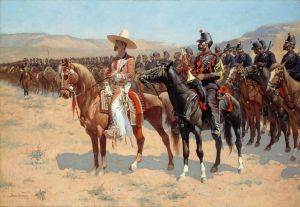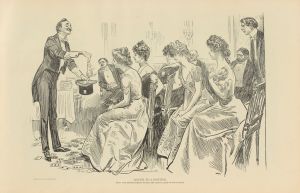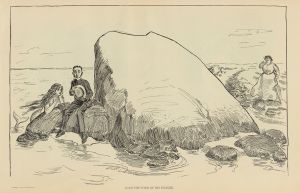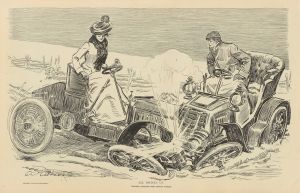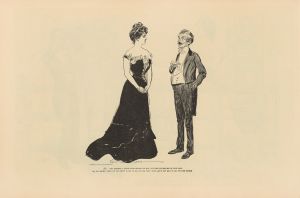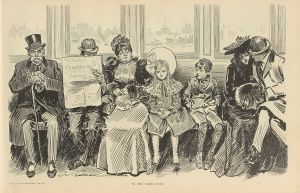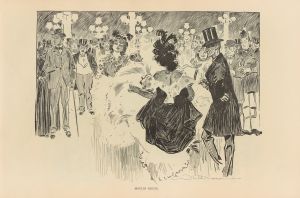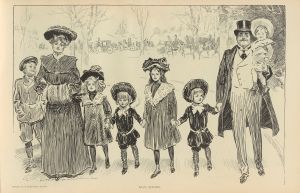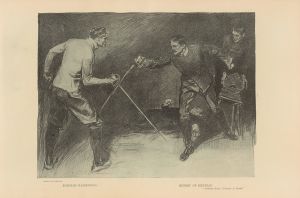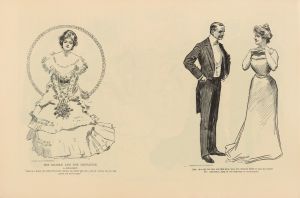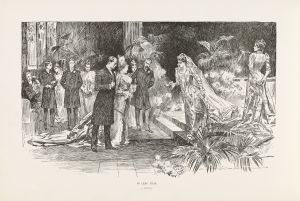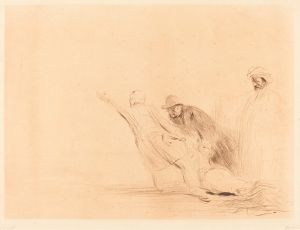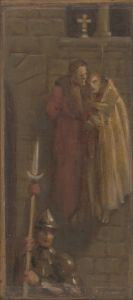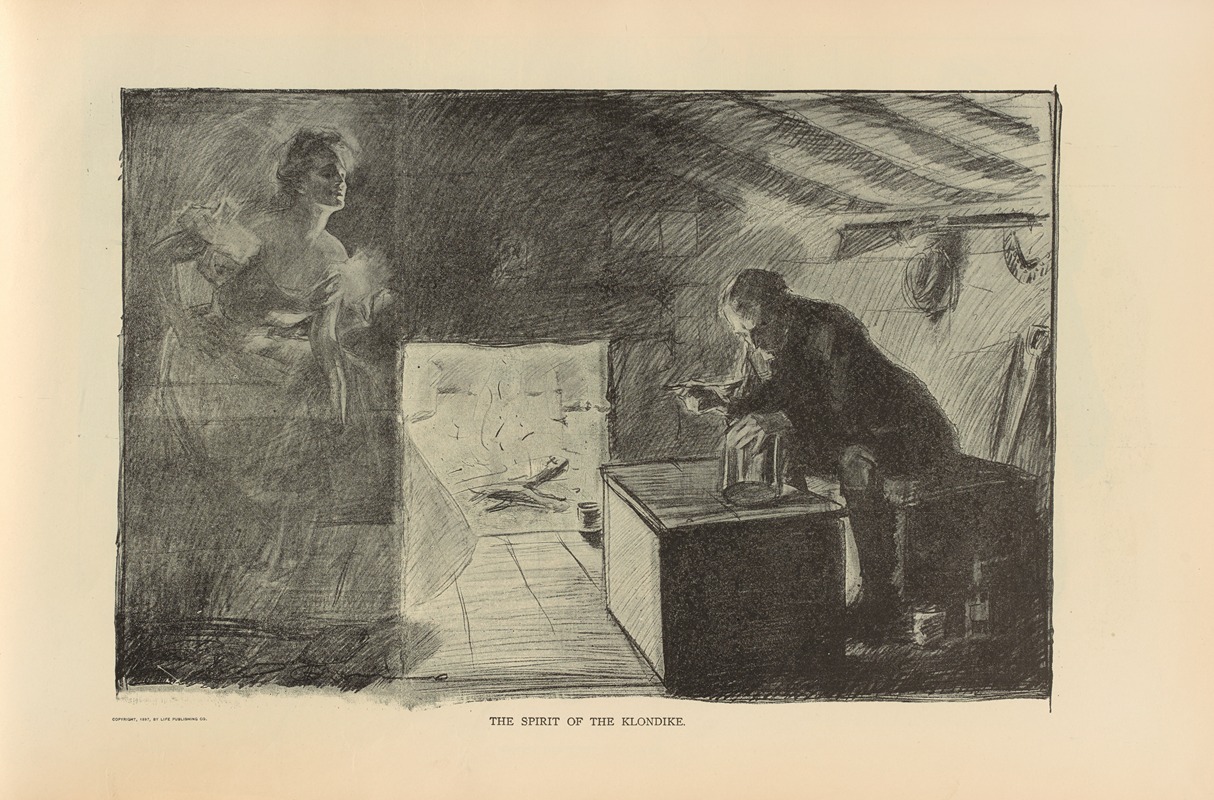
The spirit of the Klondike
A hand-painted replica of Charles Dana Gibson’s masterpiece The spirit of the Klondike, meticulously crafted by professional artists to capture the true essence of the original. Each piece is created with museum-quality canvas and rare mineral pigments, carefully painted by experienced artists with delicate brushstrokes and rich, layered colors to perfectly recreate the texture of the original artwork. Unlike machine-printed reproductions, this hand-painted version brings the painting to life, infused with the artist’s emotions and skill in every stroke. Whether for personal collection or home decoration, it instantly elevates the artistic atmosphere of any space.
"The Spirit of the Klondike" is an illustration by the renowned American artist Charles Dana Gibson, best known for his creation of the iconic "Gibson Girl" image that became synonymous with the idealized American woman at the turn of the 20th century. Gibson's work was widely published in magazines such as Life, Harper's Weekly, and Scribner's, and his illustrations captured the spirit and social dynamics of his time.
The Klondike Gold Rush, which took place between 1896 and 1899, was a migration of an estimated 100,000 prospectors to the Klondike region of the Yukon in north-western Canada. Gold was discovered there by local miners on August 16, 1896, and, when news reached Seattle and San Francisco the following year, it triggered a stampede of prospectors. The journey to the Klondike was arduous, and many faced harsh conditions and perilous routes to reach the goldfields.
Gibson's illustration, "The Spirit of the Klondike," captures the essence of this historical event. While specific details about this particular work are limited, Gibson's illustrations often depicted the social and cultural aspects of his subjects with a blend of humor and keen observation. His work during this period frequently highlighted the adventurous spirit and the societal changes brought about by such events.
The Klondike Gold Rush was not only a significant event in terms of economic impact but also in its influence on popular culture. It inspired numerous works of literature, film, and art, reflecting the adventurous spirit and the often harsh realities faced by those who sought fortune in the goldfields. Gibson's work, including "The Spirit of the Klondike," contributed to this cultural narrative by providing a visual representation of the era's adventurous and often romanticized spirit.
Gibson's illustrations are characterized by their detailed line work and the ability to convey complex social themes with clarity and wit. His depiction of the Klondike likely reflects these qualities, capturing both the optimism and the challenges of the gold rush era. While the specifics of "The Spirit of the Klondike" are not extensively documented, it can be inferred that the work aligns with Gibson's broader oeuvre, which often commented on the societal trends and events of his time.
Overall, Charles Dana Gibson's contribution to art and illustration during the late 19th and early 20th centuries remains significant, with works like "The Spirit of the Klondike" offering insight into the cultural and historical contexts of the periods they depict. His ability to encapsulate the zeitgeist of an era through his illustrations ensures his continued recognition and appreciation in the field of American art and illustration.





